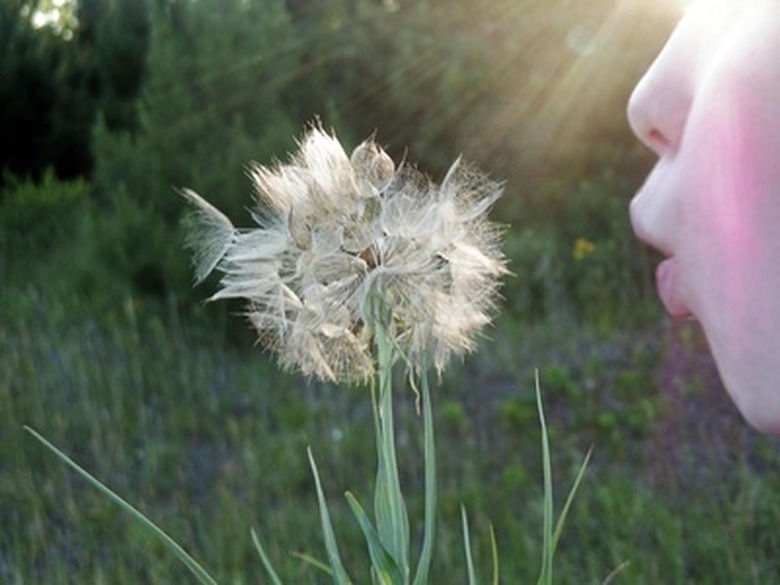Ingredients In Trimec Plus Herbicide
Trimec Plus is an herbicide produced by Gordon's that is used to control weeds on home lawns and turf grass on golf courses and playing fields. It can be applied over the entire surface of the lawn because the chemicals contained in the herbicide kill common weeds like dandelion and knotweed without harming the grass. According to the manufacturer's warnings on the product label, it should be used with care because it can be absorbed through the skin and by inhalation, and it can kill desirable plants if the product drifts from the target or is absorbed by their roots.
MSMA
The main active ingredient in Trimec Plus is monosodium acid methanearsonate, or MSMA. This organic arsenical compound comprises 18 percent of the active ingredients. It works by destroying the chlorophyll in plants like crabgrass, nut sedge, dallisgrass and pigweed.
2, 4-D, Dicamba, & MCPP
2, 4-D, dicamba and MCPP are all chemicals in Trimec that mimic plants' growth hormones. They cause deformed growth in weeds' vascular systems that causes the leaves to shrivel at the edges and die. 2, 4-D and MCPP are both dimethylamine salts that have been in use as herbicides since the Second World War, and they are effective against broadleaf weeds like dandelion, chickweed and lambsquarters. Dicamba is in the benzoic acid class of chemicals. Its action is stronger than 2, 4-D and MCPP, and it kills many of the same broadleaf weeds as well as pigweed, black medic, thistles and knotweed.
- Trimec Plus is an herbicide produced by Gordon's that is used to control weeds on home lawns and turf grass on golf courses and playing fields.
- 2, 4-D and MCPP are both dimethylamine salts that have been in use as herbicides since the Second World War, and they are effective against broadleaf weeds like dandelion, chickweed and lambsquarters.
Other Ingredients
Another 71.78 percent of the contents of Trimec Plus are listed as "other ingredients," also called "inert ingredients." According to EPA regulations, herbicide manufacturers are only required to list as "active ingredients" those chemicals that specifically kill weeds. While some inert ingredients in herbicides may be harmless, oftentimes these chemicals are more toxic to people and animals than the herbicides themselves. The EPA does not require as extensive testing of inert ingredients as they do for herbicides. According to the 2006 issue of the journal Environmental Health Perspectives, some inert ingredients in herbicides may have unpredictable synergistic reactions with other active and inert chemicals in the product which are quite dangerous, like neurotoxicity, carcinogenicity and endocrine disruption. In the interest of protecting their trade secrets, herbicide manufacturers are not required to inform the public about these additional ingredients, which may include formaldehyde, sulfuric acid and antifreeze as well as surfactants that help the products penetrate leaves' waxy surfaces.
